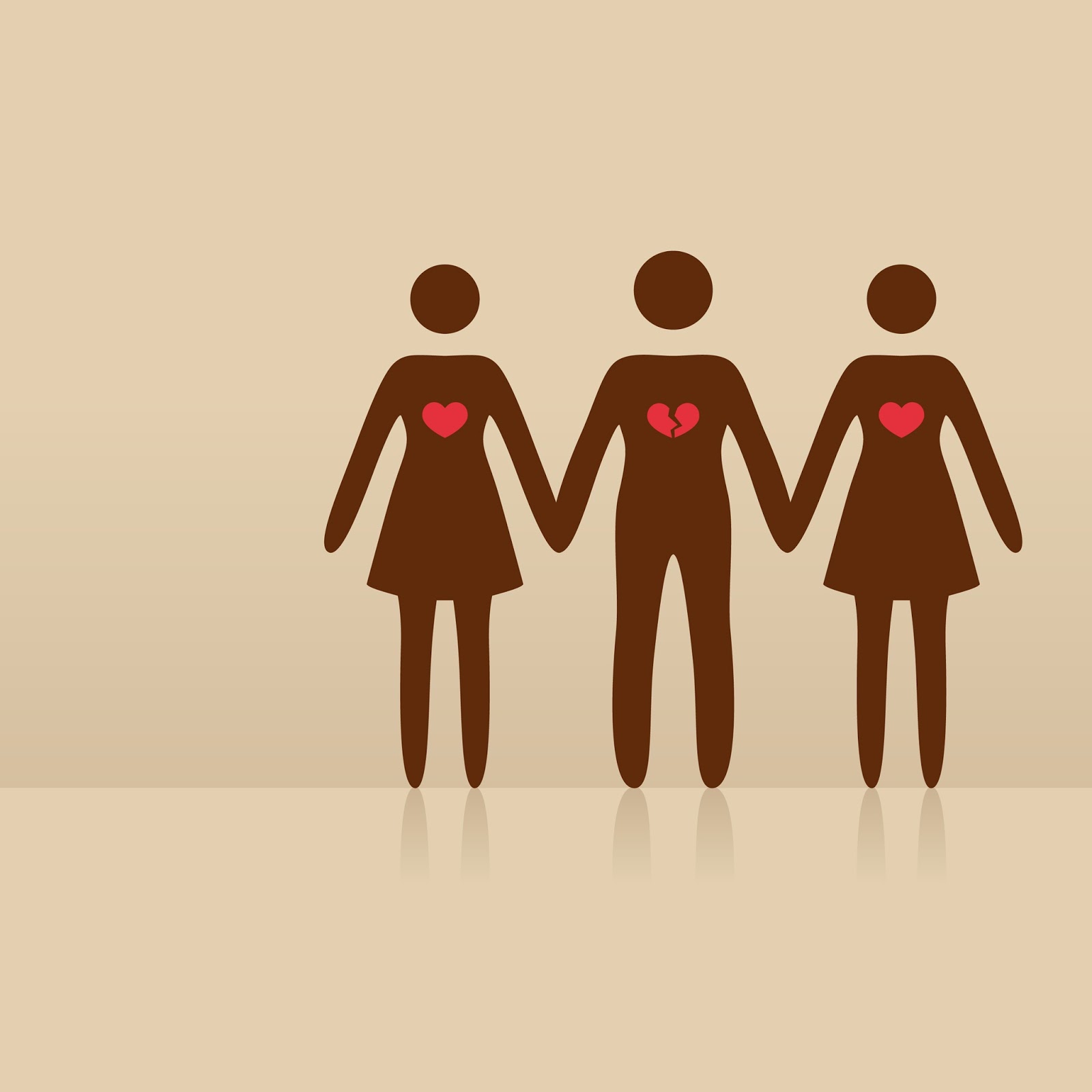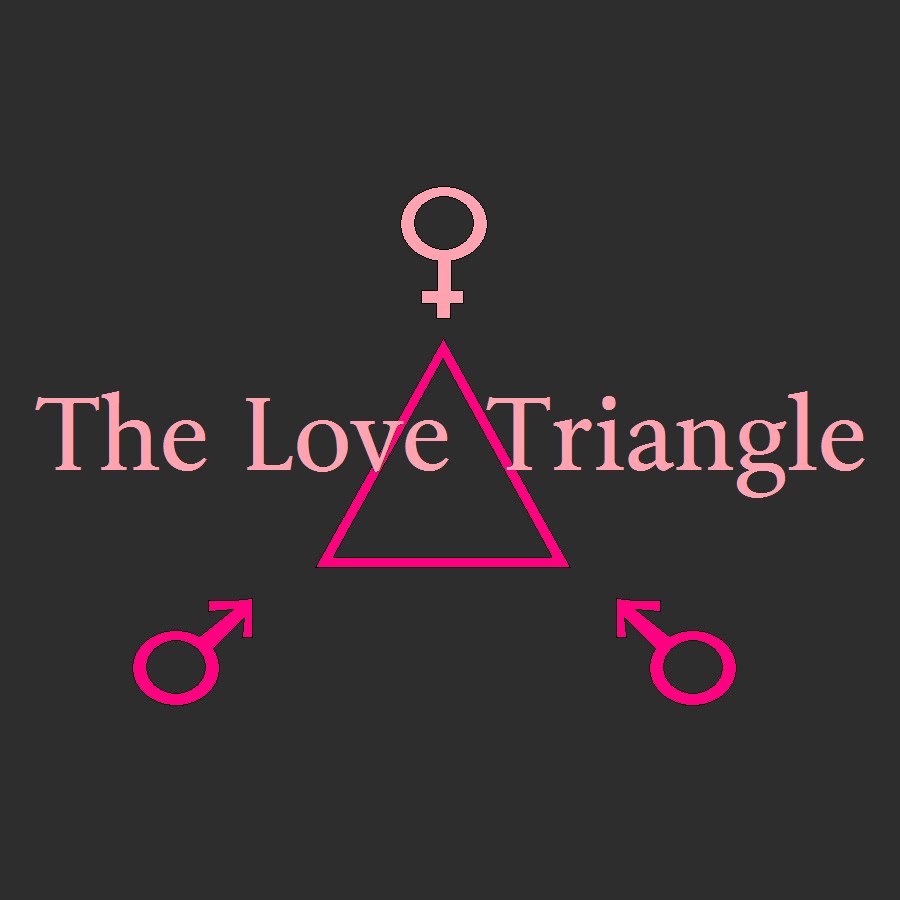Love triangles are a captivating yet complex aspect of human relationships that have intrigued people for centuries. The allure of romantic tension, jealousy, and emotional conflict often makes love triangles the subject of novels, films, and real-life dramas. In this article, we will delve deep into the concept of love triangles, exploring their dynamics, psychological implications, and how they manifest in various contexts. We will also provide insights into managing these complicated relationships and highlight the emotional toll they can take on those involved.
As we navigate through the various angles of love triangles, we'll look at examples from literature and real life, offering a comprehensive perspective on this intriguing topic. By the end of this article, you will gain a deeper understanding of love triangles, equipping you with the knowledge to reflect on your own relationships or those of people around you.
Whether you are currently entangled in a love triangle or simply curious about this phenomenon, this article aims to provide valuable insights and foster a better understanding of the emotional complexities involved. Join us as we explore the world of love triangles and uncover the truths hidden within.
Table of Contents
- What is a Love Triangle?
- The Psychology Behind Love Triangles
- The Roles in Love Triangles
- Real-Life Examples of Love Triangles
- Literary Representations of Love Triangles
- Navigating Love Triangles: Tips for Those Involved
- The Emotional Impact of Love Triangles
- Conclusion
What is a Love Triangle?
A love triangle is a romantic relationship involving three people, where one person has feelings for two others, and those feelings are often reciprocated. This intricate web of emotions can lead to jealousy, betrayal, and heartbreak. Love triangles can manifest in various forms, such as:
- Two individuals vying for the affection of a single person.
- A person torn between two significant others.
- Multiple romantic interests overlapping in a single relationship.
Understanding the structure of a love triangle is essential in identifying its dynamics. These relationships often create a complex interplay of emotions, where loyalty, desire, and conflict come into play.
The Psychology Behind Love Triangles
The underlying psychological factors contributing to love triangles can be quite intricate. Some of the primary motivations for entering a love triangle include:
- Desire for validation: Individuals may seek attention and affection from multiple partners to boost their self-esteem.
- Fear of commitment: Some may avoid fully committing to one partner while exploring connections with others.
- Emotional unavailability: A person who is emotionally unavailable may find themselves in a love triangle, creating complications in their relationships.
Additionally, attachment styles play a significant role in how individuals navigate love triangles. Those with anxious attachment styles may be more prone to jealousy and insecurity, while avoidant individuals may struggle with emotional intimacy.
The Roles in Love Triangles
In any love triangle, the dynamics typically involve three distinct roles:
- The Lover: This person is often the center of the triangle, receiving attention from both parties.
- The Rival: This individual competes for the affection of the lover, leading to feelings of jealousy and resentment.
- The Seeker: This role often represents the person who is unsure about their feelings and may be exploring their options.
Understanding these roles can help individuals better navigate the emotional landscape of love triangles and identify their feelings and motivations.
Real-Life Examples of Love Triangles
Love triangles are not limited to fiction; they also occur in real life. Some notable examples include:
- Kristen Stewart, Robert Pattinson, and Rupert Sanders: This high-profile love triangle captivated the media when Stewart's affair with director Rupert Sanders led to her breakup with Pattinson.
- Jennifer Aniston, Brad Pitt, and Angelina Jolie: This infamous love triangle became a global sensation, with Pitt's transition from Aniston to Jolie drawing significant public attention.
- Harry Styles, Taylor Swift, and Calvin Harris: The tumultuous relationships among these celebrities showcased the complexities of love triangles in the public eye.
These examples highlight how love triangles can unfold dramatically, with emotions running high and public scrutiny adding to the pressure.
Literary Representations of Love Triangles
Love triangles have been a staple in literature throughout history. Some classic examples include:
- Romeo and Juliet: The tragic tale features a love triangle with Juliet's suitor, Paris, creating tension.
- The Great Gatsby: Gatsby's love for Daisy, who is married to Tom Buchanan, exemplifies the complexities of love triangles.
- Twilight Series: Bella Swan's relationships with Edward and Jacob have become iconic representations of love triangles in modern literature.
These literary works demonstrate how love triangles can evoke powerful emotions and drive the narrative forward.
Navigating Love Triangles: Tips for Those Involved
For individuals entangled in a love triangle, navigating the situation can be challenging. Here are some tips:
- Communicate openly: Honest conversations can help clarify feelings and intentions.
- Reflect on your feelings: Take time to understand your emotions and what you truly want.
- Set boundaries: Establishing clear boundaries can help prevent misunderstandings and emotional turmoil.
- Seek support: Talking to friends or a therapist can provide valuable insights and emotional support.
By following these tips, individuals can better manage the emotional complexities of love triangles and make informed decisions moving forward.
The Emotional Impact of Love Triangles
Love triangles can take a significant emotional toll on those involved. Some common emotional impacts include:
- Jealousy: Strong feelings of jealousy can arise as individuals compare themselves to rivals.
- Insecurity: The uncertainty of a love triangle can lead to feelings of inadequacy and self-doubt.
- Heartbreak: The potential for heartbreak is high, especially when relationships end due to the complexities of a love triangle.
Recognizing these emotional impacts is crucial for individuals navigating love triangles, as it allows them to address their feelings and seek support when needed.
Conclusion
In conclusion, love triangles are intricate emotional landscapes that involve complex dynamics and psychological factors. By understanding the roles, motivations, and emotional impacts associated with love triangles, individuals can navigate these situations more effectively. Whether you find yourself in a love triangle or simply wish to understand this phenomenon better, the insights provided in this article offer a valuable perspective.
We encourage you to share your thoughts in the comments below, explore other articles on our site, and continue to reflect on the fascinating world of relationships.
Thank you for reading, and we hope to see you back here for more intriguing discussions on love and relationships!


